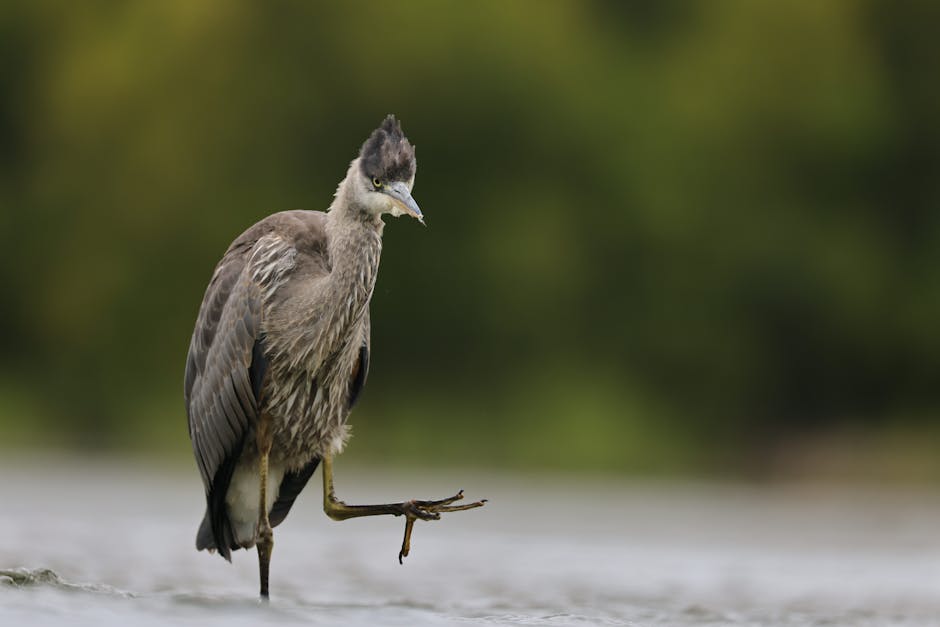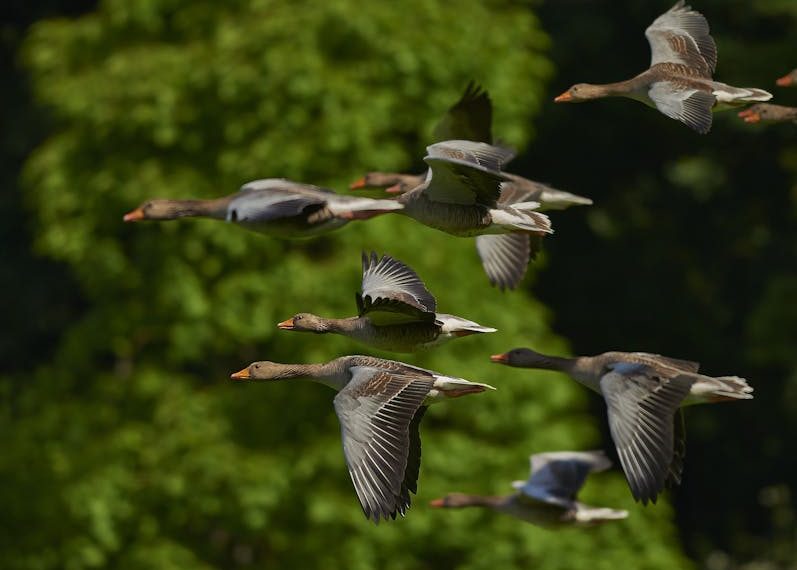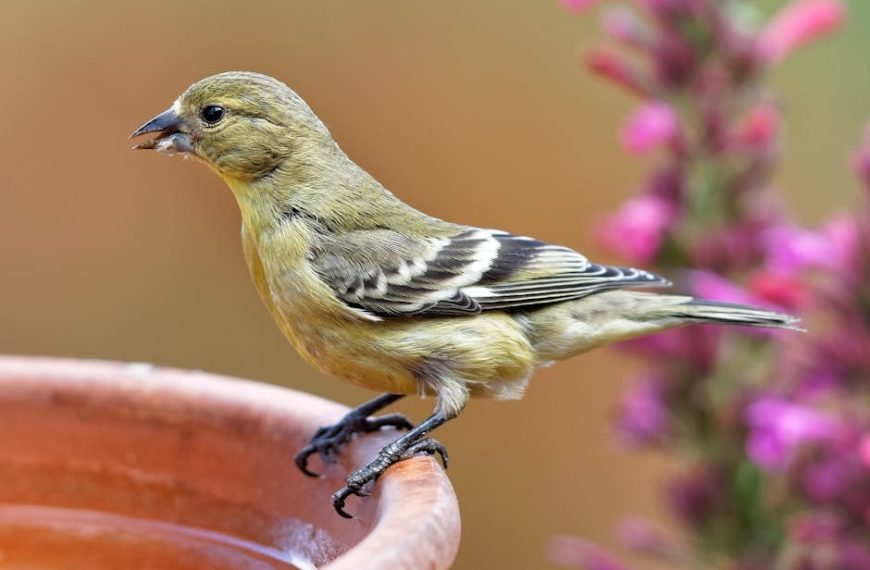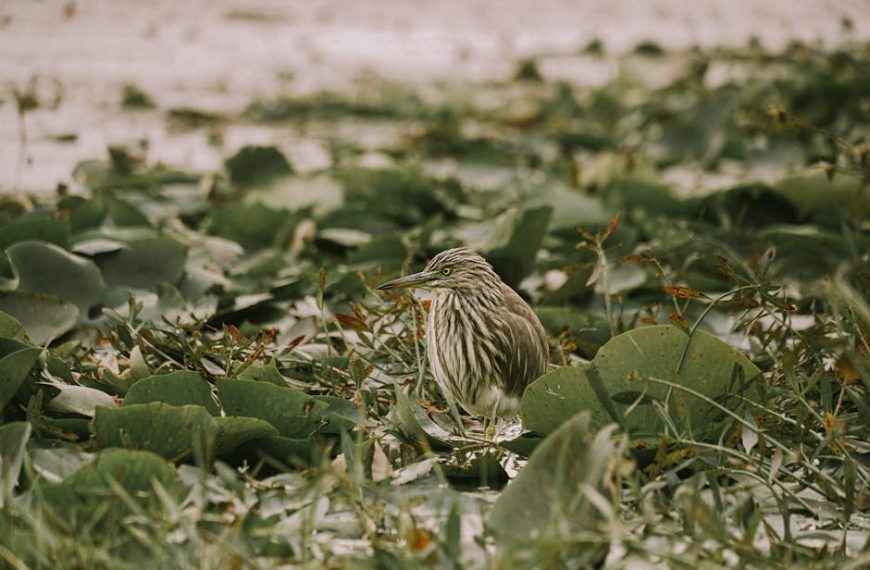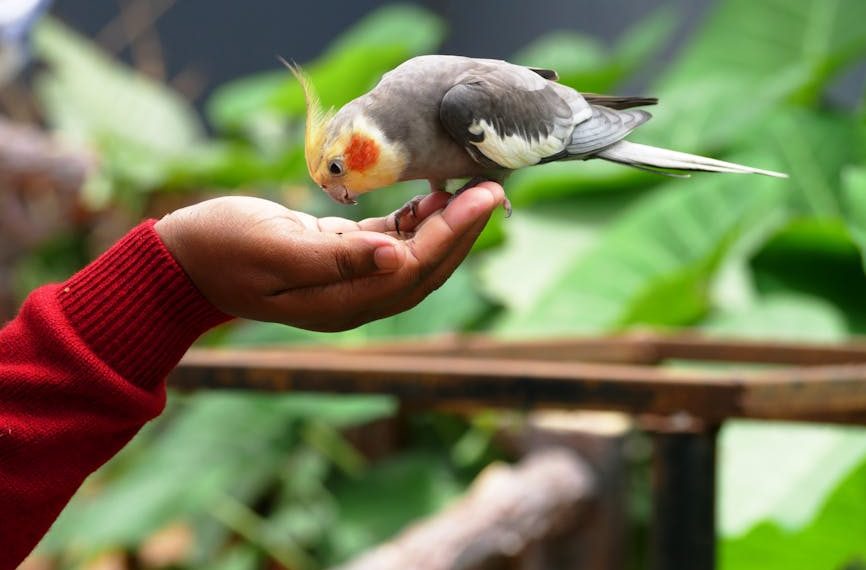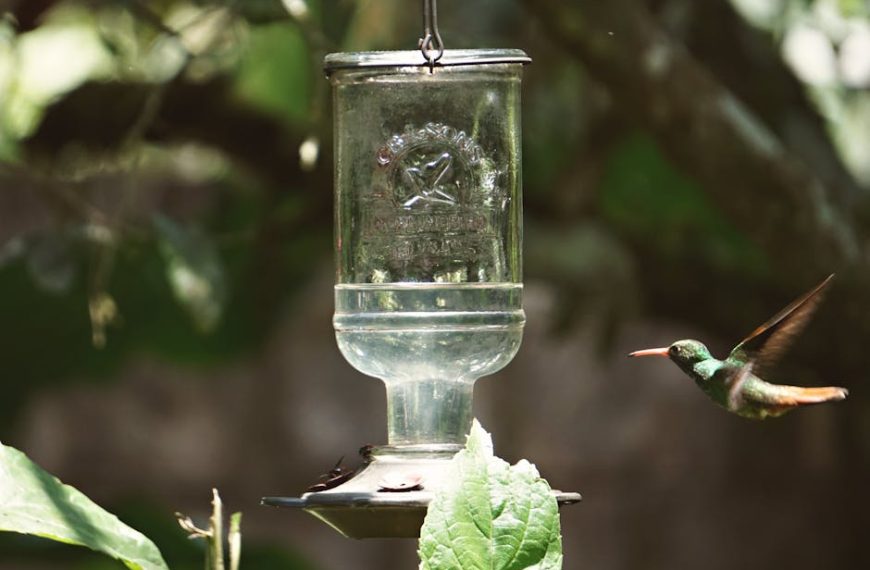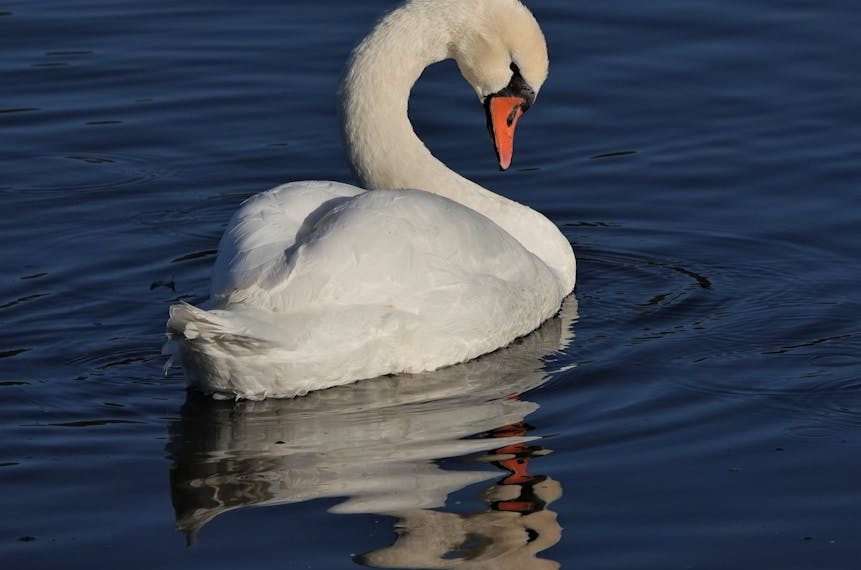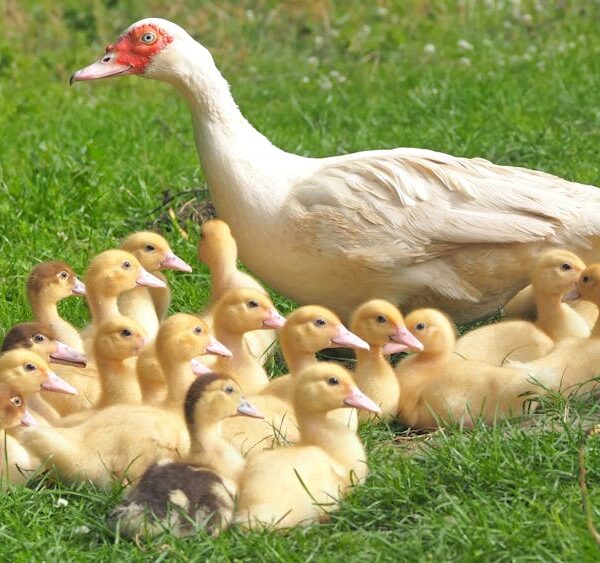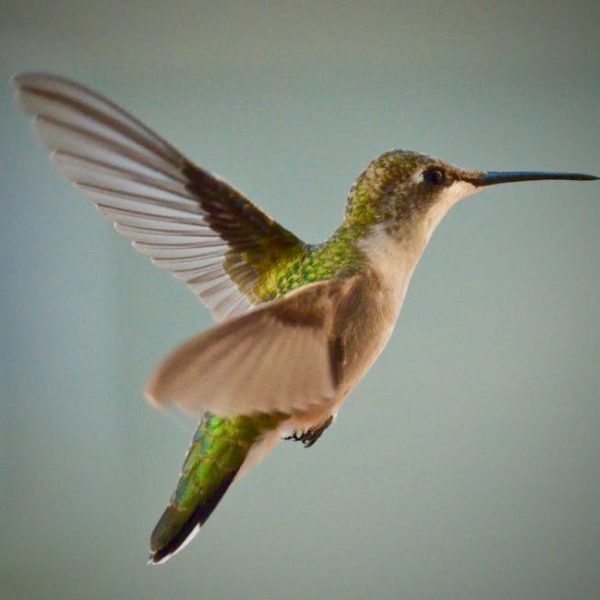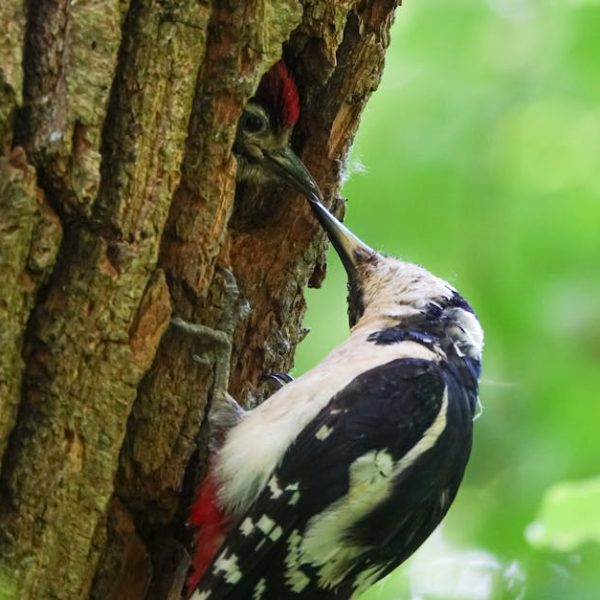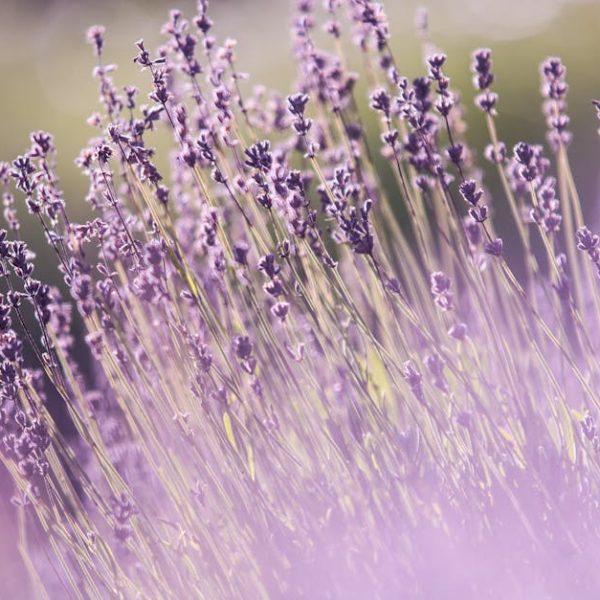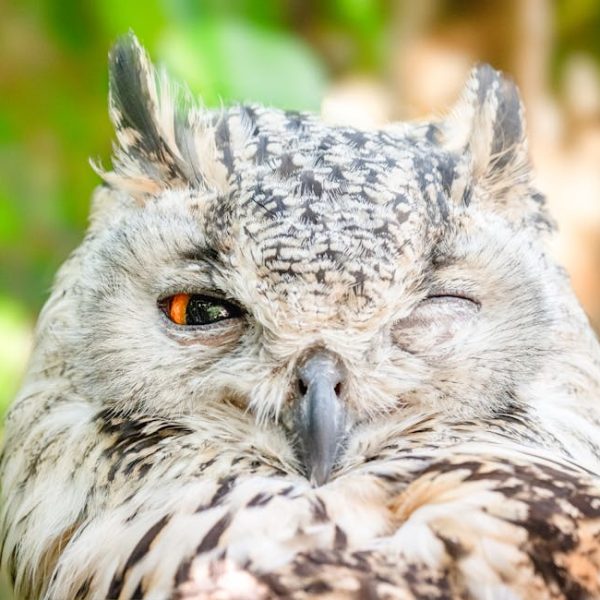Birds are incredible creatures brimming with innate capabilities allowing them to survive harsh winter months. Their bodies are equipped with feathers that act as excellent insulators by trapping heat. Some species undergo a process called molt before winter hits, enabling them to grow an additional layer of feathers for boosted warmth.
Furthermore, birds exhibit distinct behaviors during cold weather for self-preservation. Migrating south for the winter allows some species to dodge the chilling temperatures altogether. Others huddle together for shared warmth, while some puff up their feathers to trap body warmth—nature’s very own insulation strategy!
– Pro Tip ️: Acknowledging birds’ natural resilience can guide you to augment their warmth while respecting their instinctual behaviors.
Choosing the Right Shelter for Birds in Winters
The availability of a secure, warm shelter significantly determines a bird’s winter survival. A shelter guards birds against frost, wind, predators, and provides them a place to rest and conserve energy. In choosing one, a few things should be kept in consideration:
– Checklist :
1. Size: Accommodating enough for the bird but not overly spacious. Too much inside space dissipates heat quickly resulting in a colder environment.
2. Ventilation: Ensure proper air circulation to prevent moisture buildup.
3. Predator-proof: Secure entry points and elevated structures cater to safeguarding birds from predators.
4. Accessible food and water sources: Mount feeders and water close to the shelter.
– Best Practices : Choose a location away from chilly gusts with at least a bit of sun exposure to naturally warm the shelter during the day.
Providing Adequate Insulation in Bird Shelters
Insulation proves to be an absolute game-changer in keeping bird shelters warm. It acts as a barrier against the cold, locking in the heat within the shelter. The application of materials such as straw or wood shavings effectively provides insulation. These materials are also easy to source and cost-effective. However, they all come with their distinctive pros and cons.
– Comparison ⚖️:
– Straw:
– Pros: Excellent insulator, cost-effective
– Cons: Can provide refuge to mites and lice
– Wood shavings:
– Pros: Effective insulator, highly absorbent
– Cons: Can generate dust
– Pro Tip ️: Regularly replace insulating materials to prevent the accumulation of pests and ensure optimum insulation.
Supplementing Birds’ Diet for Winter
As the temperature dips, maintaining body warmth becomes a calorie-burning process for birds. Hence, supplementing their diet with high-energy foods becomes paramount to compensate for the extra energy burn.
– Checklist :
1. Fat-rich feeds: Foods like suet cakes, peanuts, and sunflower seeds are high in fat and perfect for winter birdfeeding.
2. Sugary fruits: Apples, oranges, and berries provide natural sugars, crucial for an energy boost.
3. Fresh water: Ensure a consistent supply of fresh, ice-free water.
– Best Practice : Keep a close eye on each bird’s weight to make sure they’re retaining healthy body mass through winter.
Using Heaters and Heating Elements for Bird’s Warmth
Despite all the measures taken, sometimes the extreme winter cold necessitates supplemental heating for your avian friends. Heaters and heating elements, when used mindfully, can provide warmth without posing a threat to the birds.
– Comparison ⚖️:
– Ceramic heaters
– Pros: Produce a consistent heat without the visible light that could disturb birds’ sleep cycles and are generally safer. They are also more energy-efficient than alternative methods.
– Cons: They can be slightly more expensive to purchase than other heating options.
– Heat lamps
– Pros: Less costly, can illuminate the birds’ area enabling you to monitor them during winter nights.
– Cons: Produced light can interfere with birds’ sleep. If not used correctly, they can present a fire hazard.
– Pro Tip ️: Monitor the temperature inside the bird shelter consistently throughout the day. Birds require a temperature gradient to regulate their body heat, so make sure it does not become excessively warm.
To Sum It Up
A combination of understanding your birds’ natural adaptations to the cold, providing proper shelter, ensuring adequate insulation, supplementing their diet, and cautious use of heaters can help keep your birds comfortable, healthy, and chirpy during the harsh winter months. Remember, each bird species is unique, and their needs may vary. So always stay observant to your bird’s behavior and respond to any distress promptly. Hang in there, bird lovers, spring is just around the corner!
Key Takeaway:
- Birds have inherent physiological traits and behaviors to adapt to cold climates, but human aid can enhance their comfort and survival rates.
- Offering ideal shelters with proper size, ventilation, safety, and easy food/water accessibility is crucial for birds during winter.
- Use of insulation like straw or wood shavings in bird shelters can effectively retain heat. However, these insulators need regular replacement to avoid pest infestations.
- A diet abundant in high-fat foods and sugars during winter can provide the extra energy birds require to maintain body heat.
- Safe use of heaters and heating elements may be essential, particularly during extreme cold spells.
Birds are strikingly resilient creatures, and understanding their innate survival mechanisms can empower us to enhance their comfort during the colder months. Remember, each tiny effort we put in lends a hand to these beautiful beings in soaring high, even amid the harshest winters. After all, every creature has a right to enjoy the warmth of shelter and care.
FAQs
Q: Are all types of birds capable of enduring cold weather?
A: While all birds have some degree of natural adaptation to handle varying climates, their endurance to cold weather can significantly differ based on their species and habitat. That’s why it’s vital to understand particular bird’s specific needs and capabilities.
Q: Can we use any materials for shelter insulation?
A: Not all materials provide efficient insulation. It’s recommended to use materials like straw, wool, or wood shavings that offer remarkable thermal resistance while being safe for birds.
Q: How often should we change the insulation material?
A: It’s suggested to change it regularly, perhaps once every few weeks. Regular changing prevents the buildup of pests and maintains the insulation’s effectiveness.
Q: Can feeding birds help them stay warm during winter?
A: Absolutely! Birds burn a lot of energy to maintain body warmth in cold weather. Feeding them high-fat and sugar-rich foods helps them gather the extra energy they need.
Q: Is it safe to use heaters in bird shelters?
A: Yes, but cautiously. Ensure you’re regularly monitoring the shelter’s temperature to avoid overheating. Some heater types, like ceramic heaters, are generally considered safer and less disturbing to birds.
Remember to share this article and continue exploring other posts on our website for more valuable insights.
